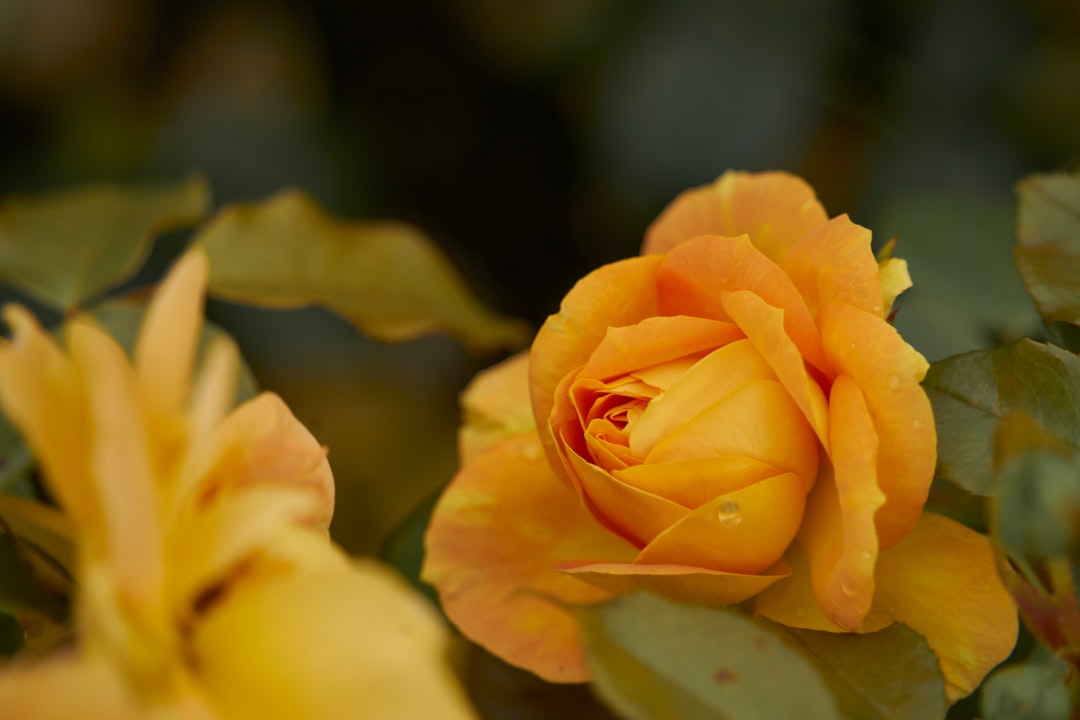Reviving Your Fading Green Companions

Houseplants are not just decorative elements in our homes; they are living organisms that bring life and freshness to our living spaces. However, it can be disheartening to notice your plant leaves turning yellow. But fear not, as this is a common issue that can often be resolved with a bit of knowledge and care.
First, let's understand why plant leaves turn yellow. There are several possible reasons for this phenomenon. One of the most common causes is over - watering. When you water your plants too frequently, the roots may become waterlogged, leading to poor oxygen circulation. As a result, the plant cannot absorb nutrients properly, and the leaves start to turn yellow. To check if over - watering is the culprit, feel the soil. If it is constantly wet, you may need to adjust your watering schedule. Let the soil dry out between waterings, and make sure your plant pot has proper drainage holes.
On the other hand, under - watering can also cause yellow leaves. When a plant doesn't receive enough water, it starts to conserve energy by shedding its older leaves. These leaves turn yellow and eventually fall off. To determine if your plant is under - watered, check the soil. If it is dry and crumbly, it's time to give your plant a good drink. Water the plant thoroughly until water drains out of the bottom of the pot.
Another factor that can lead to yellow leaves is improper lighting. Different houseplants have different light requirements. Some plants thrive in bright, direct sunlight, while others prefer indirect or low light. If your plant is getting too much direct sunlight, the leaves may burn and turn yellow. Move the plant to a shadier spot. Conversely, if it's not getting enough light, the plant may become weak and its leaves may turn yellow. Find a location where your plant can receive the appropriate amount of light for its species.
Nutrient deficiency is also a common cause of yellow leaves. Plants need a variety of nutrients, such as nitrogen, phosphorus, and potassium, to grow healthy. A lack of these nutrients can cause the leaves to lose their green color. You can use a balanced fertilizer to provide the necessary nutrients to your plant. Follow the instructions on the fertilizer package carefully, as over - fertilizing can also damage the plant.
Pests and diseases can also affect the health of your houseplants and cause yellow leaves. Common pests like aphids, spider mites, and whiteflies can suck the sap from the leaves, leading to discoloration. Inspect your plant regularly for signs of pests, such as small insects, webbing, or sticky residue on the leaves. If you find pests, you can use natural remedies like neem oil or insecticidal soap to get rid of them. Diseases like fungal infections can also cause yellow spots on the leaves. Remove the affected leaves and improve air circulation around the plant to prevent the spread of the disease.
Once you have diagnosed the problem, it's time to take action to restore your plant to health. If over - watering is the issue, reduce your watering frequency and improve drainage. For under - watering, establish a regular watering schedule. Adjust the plant's location to ensure it gets the right amount of light. If it's a nutrient deficiency, fertilize the plant appropriately. And if pests or diseases are the cause, treat them promptly.
It's important to be patient when caring for your houseplants. It may take some time for the plant to recover and for new healthy leaves to grow. Keep a close eye on your plant's progress and make adjustments to your care routine as needed. With proper attention and care, your houseplant will soon be back to its vibrant, green self, adding beauty and freshness to your home once again.
Remember, each houseplant is unique, and it may require different care. Research the specific needs of your plant species to provide the best possible care. By understanding the causes of yellow leaves and taking appropriate measures, you can ensure the long - term health and vitality of your houseplants.